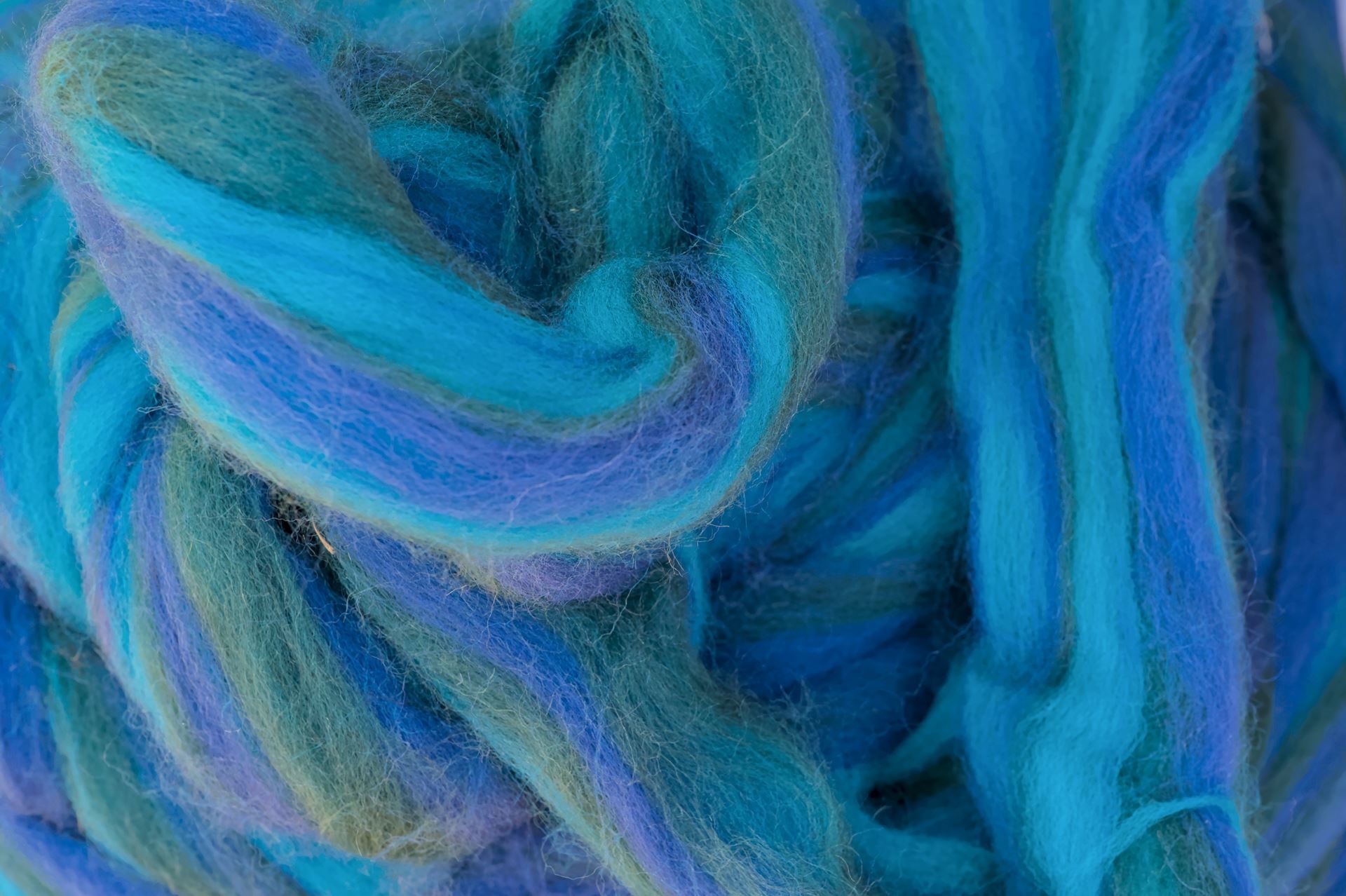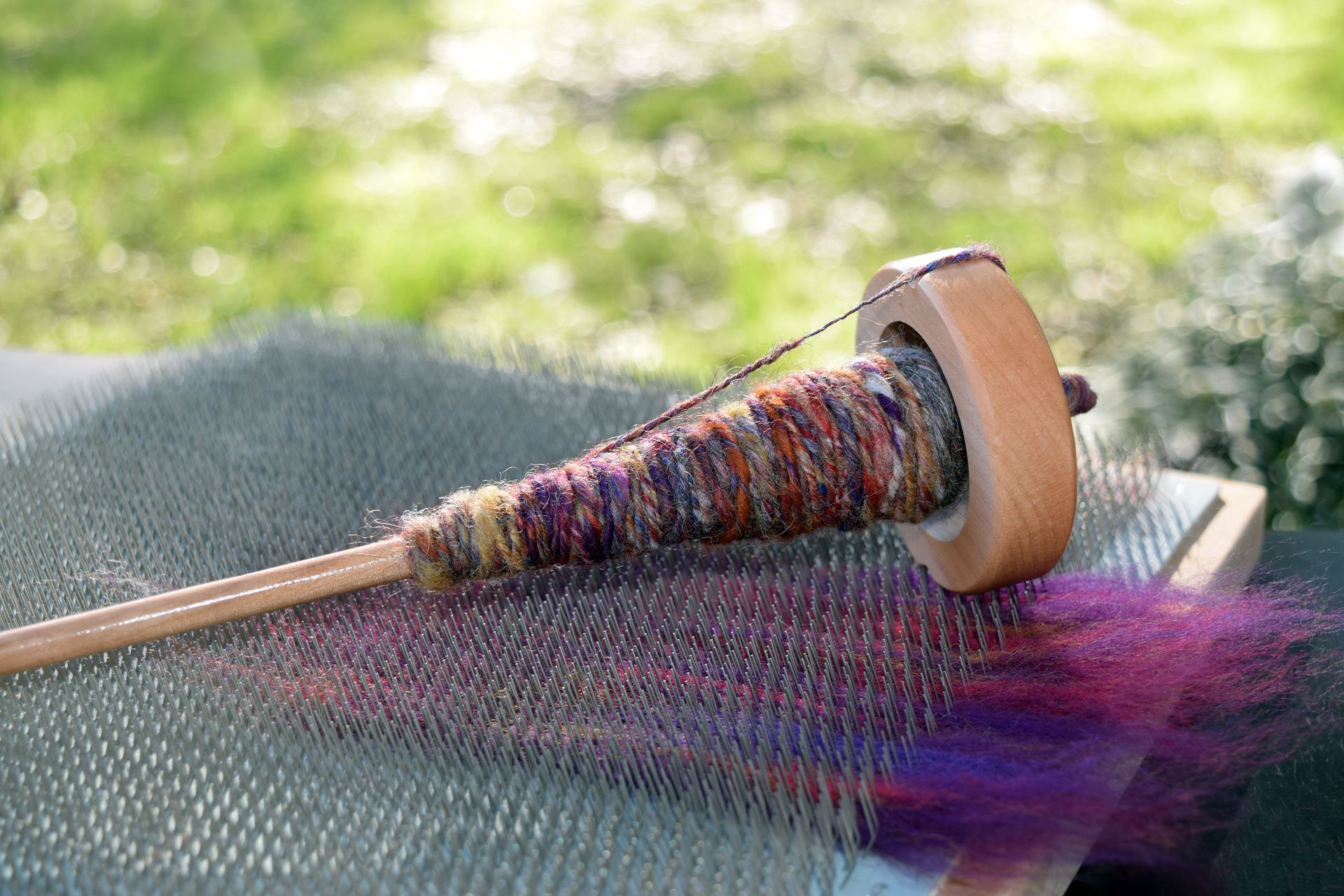|
BLENDING SURI Although Suri is an excellent stand alone fiber, it is also an excellent fiber for blending. Many commercial mills prefer blending Suri with other fiber to ease spinning at the mill. Often 10% or 20% merino top will be added to provide some added friction to compensate for the more slippery Suri fiber. Suri can add strength, luster, and silkiness to yarn, and when dyed, it adds beautiful color as well. Suri also blends beautifully with huacaya alpaca. Adding huacaya allows retention of luster and silky hand, but adds some loft to the yarn. The caveat when blending Suri with other fibers is to be certain that the added fiber does not adversely affect the hand of the resulting yarn. Suri's low and long scales make it feel like as though it is lower micron fiber, so it may be best to blend Suri with fibers having a lower micron than itself. Suri and silk blend beautifully. Silk and suri have very similar characteristics with their similar hand and luster. This makes them perfect partners both blending and dyeing. Silk and Suri both take acid dyes so that if there are any clumps of silk amongst the Suri in the yarn or roving, it will still accept the dye evenly with the Suri for consistent dyeing. Tencel and bamboo are both cellulose fibers that do not dye with acid dyes, so if not blended well, the tencel or or bamboo might show up as white clumps in the yarn. Pictured right is a blending board with a spindle. The board is covered with carding cloth and fiber is spread across the board. It is easiest to make the blend evenly by using top or previously carded fiber as illustrated in the video below. A special brush with carding cloth is used to push the fibers further into the carding cloth on the board. This brush has the carding cloth placed int he opposite direction of how it is placed on a flicker brush or regular hand cards. Once the fiber artist is satisfied with how the fiber is placed on the board, the blended fiber is rolled off the board with the help of a dowel to keep it organized. The dowel is then slid out forming a rolag which is then spun into yarn. |
|

